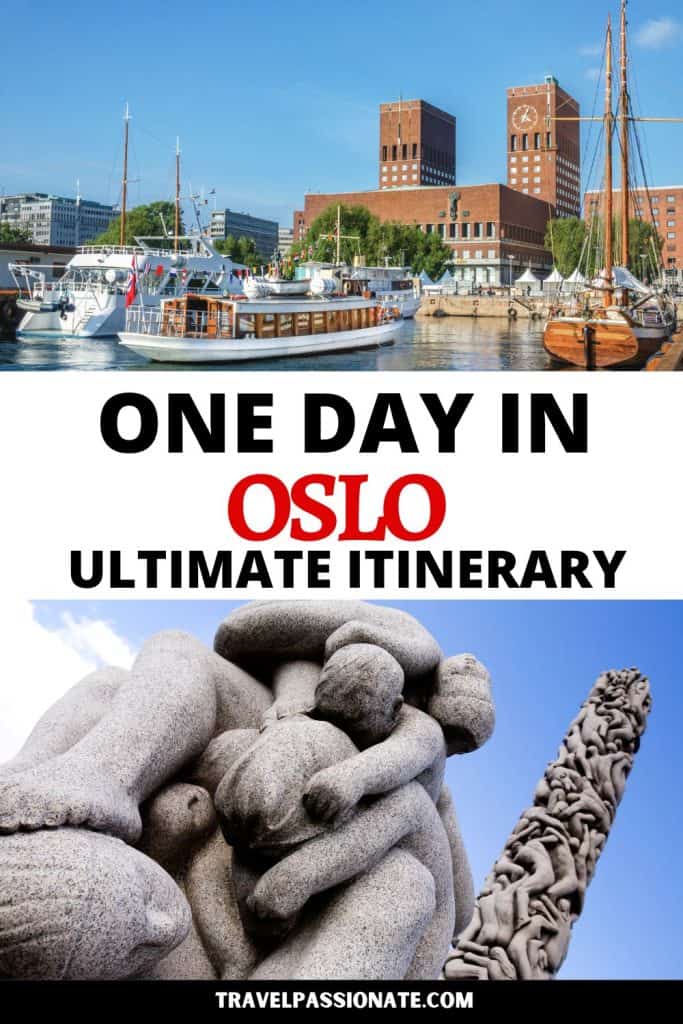The Norwegian capital of Oslo has been an important city for hundreds of years. From waterside strongholds to cultural bastions, the 1,000-year-old city is alive with modern arts centers, cool cafes, countless museums, and contemporary architecture jostling with colorful harbourside housing.
Here you’ll find green spaces to stroll in, neo-Nordic cuisine to sample, and pretty streets to explore. There are many plus points to Oslo besides sights and attractions, including one of the lowest carbon footprints in the world and a modern transportation system – all of which make spending even just one day in Oslo a very attractive one.
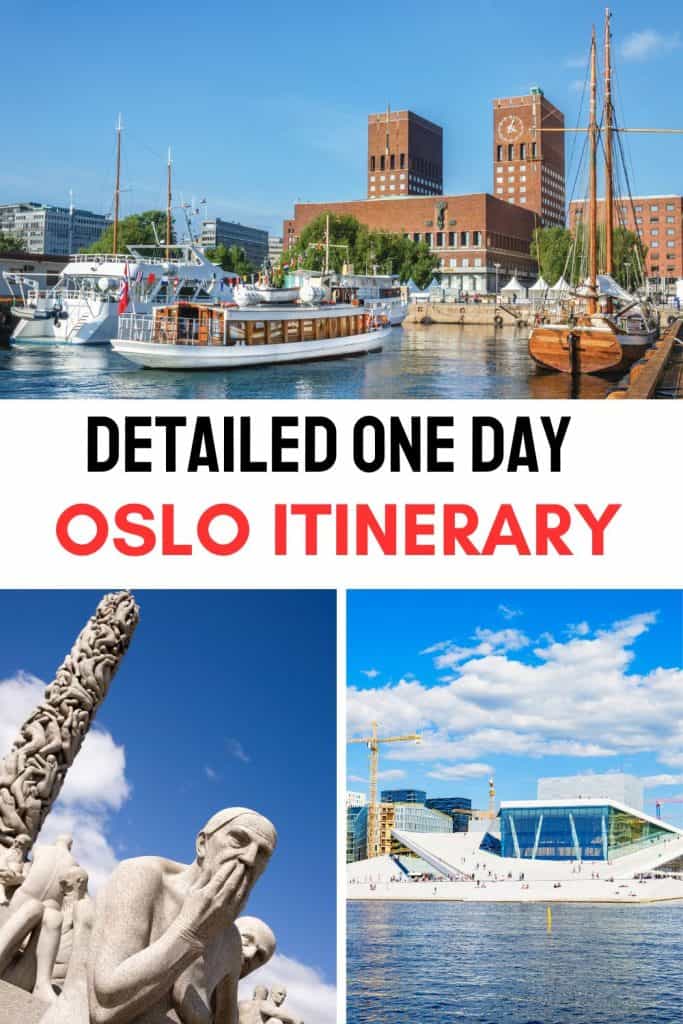
Disclaimer: This post contains affiliate links. This means that should you click on certain links, and then subsequently purchase a product, I will receive a small commission.
Table of Contents
One Day in Oslo? Where to Stay.
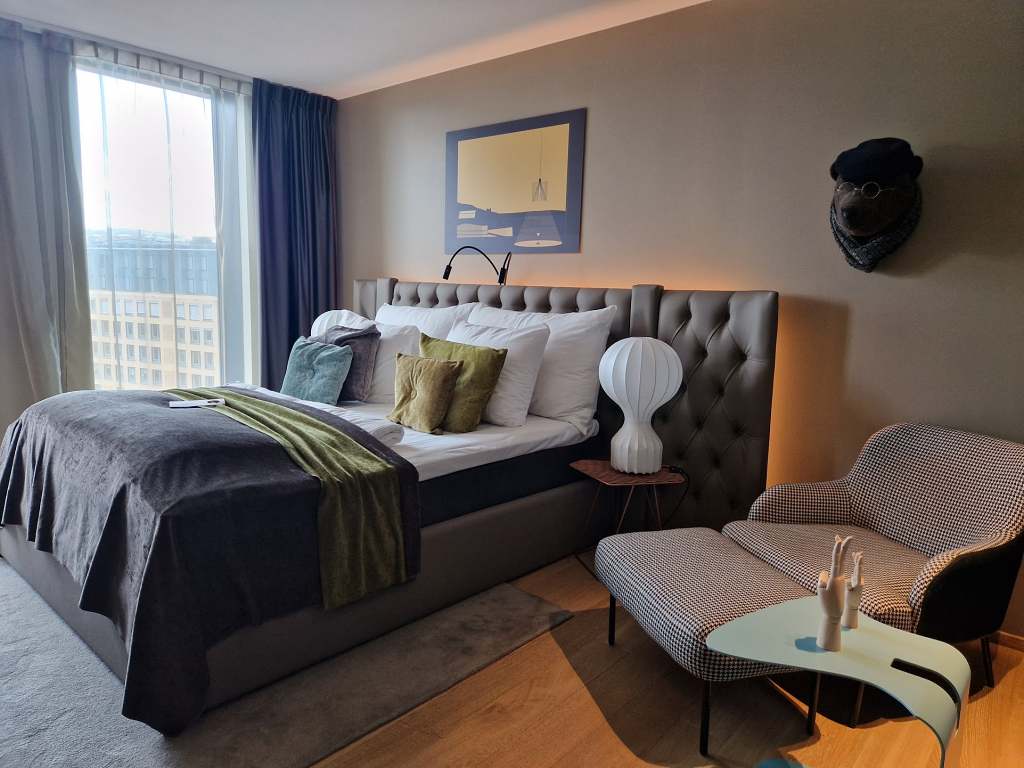
Clarion Hotel The Hub, is ideal if you only have one day in Oslo. Mere yards from Oslo Central Station, as well as big-hitter sights like Oslo Cathedral, the bonus at this polished, environmentally friendly hotel is the sumptuous Restaurant Norda on the top floor.
Click here for more information and to check the latest prices.
Hotell Bondeheimen: With tram stops, shopping opportunities, and attractions on the doorstep, Hotell Bondeheimen has an excellent location in the heart of Oslo. The hotel comes complete with its restaurant, among other amenities, while its guest rooms are design-led, boutique affairs.
Click here for more information and to check the latest prices.
Things to do in Oslo in a day
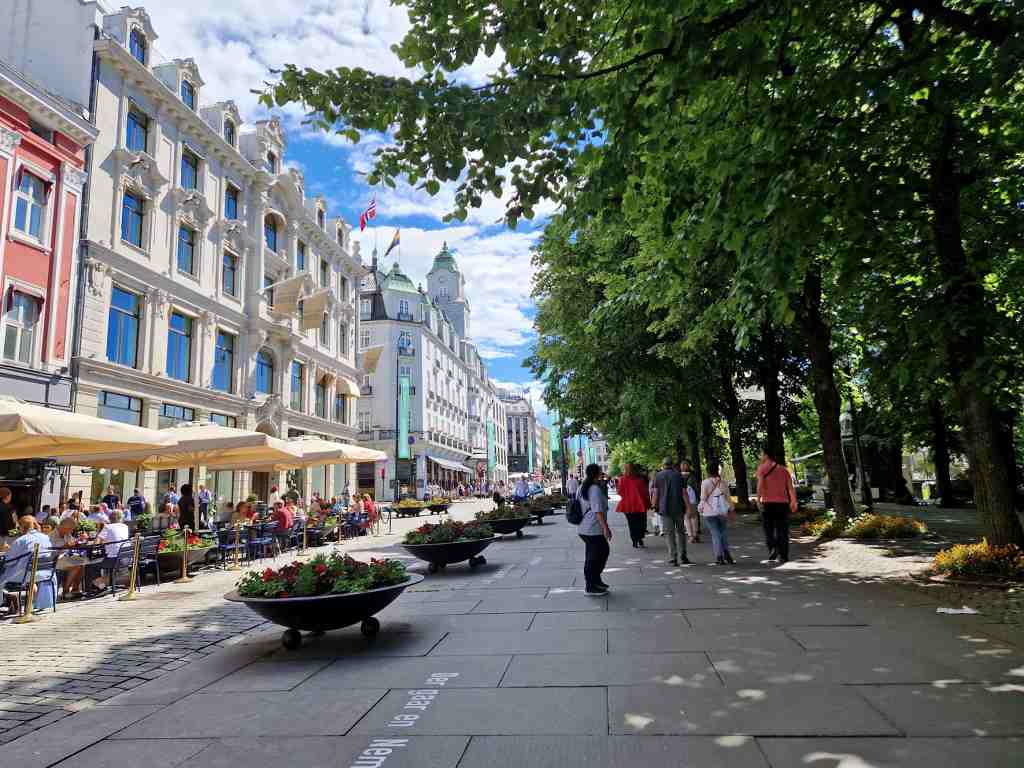
See the “New” National Museum
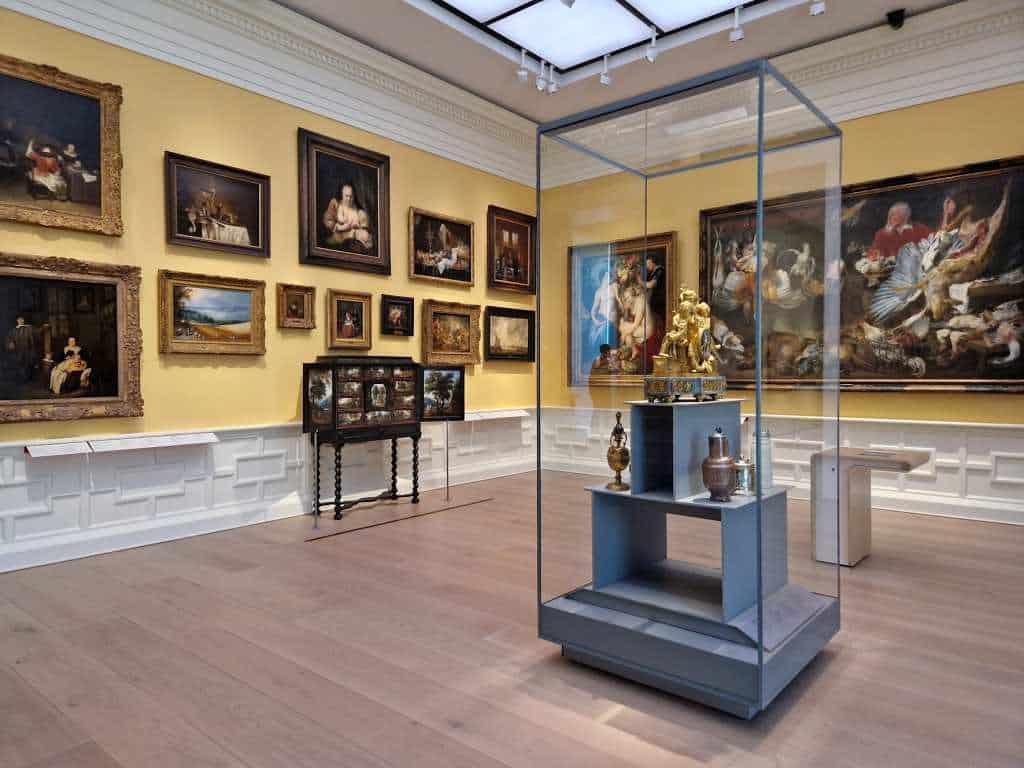
The National Museum (known simply as NaM) is Oslo’s star attraction. Though it has a history stretching back to 1842, a contemporary new museum building opened in June 2022, consolidating the collection and making it the largest art museum in the Nordic nations.
The new museum features 6,500 works of art, furniture, and design from the 15th century to the present day across its 10,000-square-metre space – among them, Edvard Munch’s iconic The Scream (1893) is the gem in the museum’s crown.

The new marble-clad, L-shaped building has entirely consumed the former West Train Station, making it a double whammy in terms of culture and urban regeneration. It’s almost impossible to get bored here.
Click here for more information and to book your tickets.
Oslo City Hall
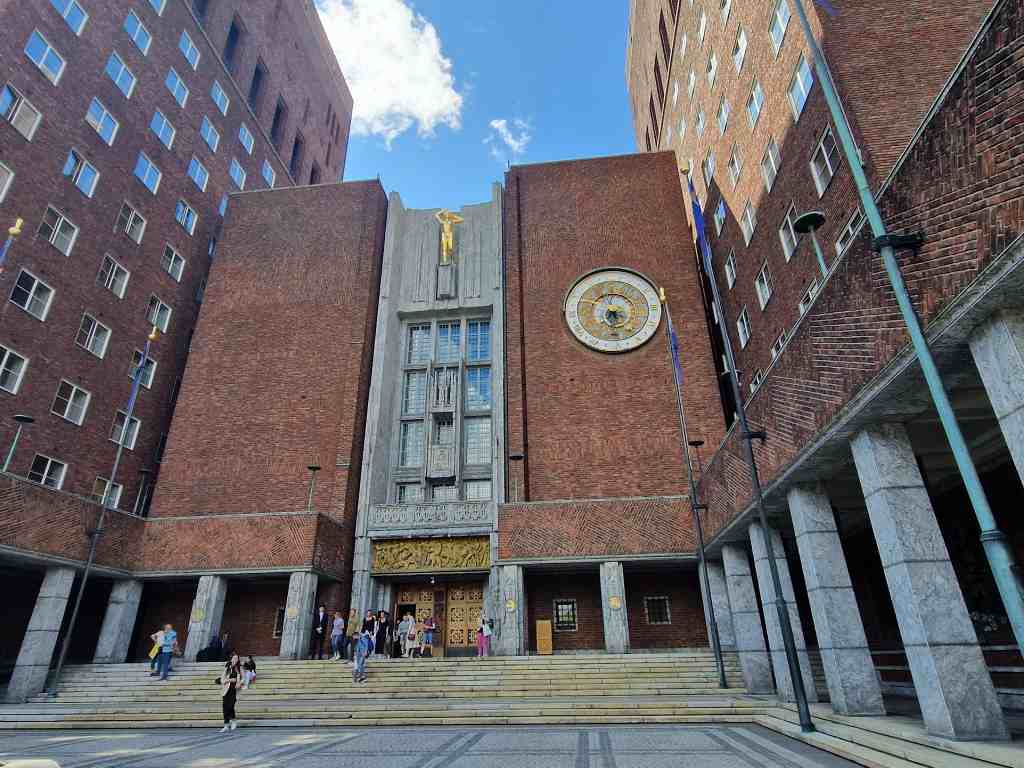
Architecture fans should make a beeline to see the distinct right angles and gargantuan simplicity of the brick-built city hall. Named the Oslo rådhus in Norwegian, this landmark building was constructed between 1931 and 1950, with a break during World War II.
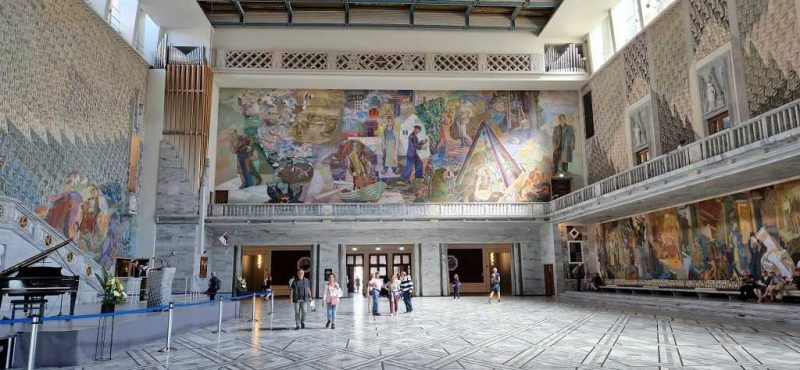
It features two towers, western (63 meters) and eastern; the latter features a 49-bell carillon (an instrument played somewhat like an organ but that uses bells instead of pipes). Apart from being an architecturally striking building, complete with Medieval-inspired bricks, Oslo City Hall’s other claim to fame is being home to the Nobel Peace Prize ceremony.
Oslo Opera House
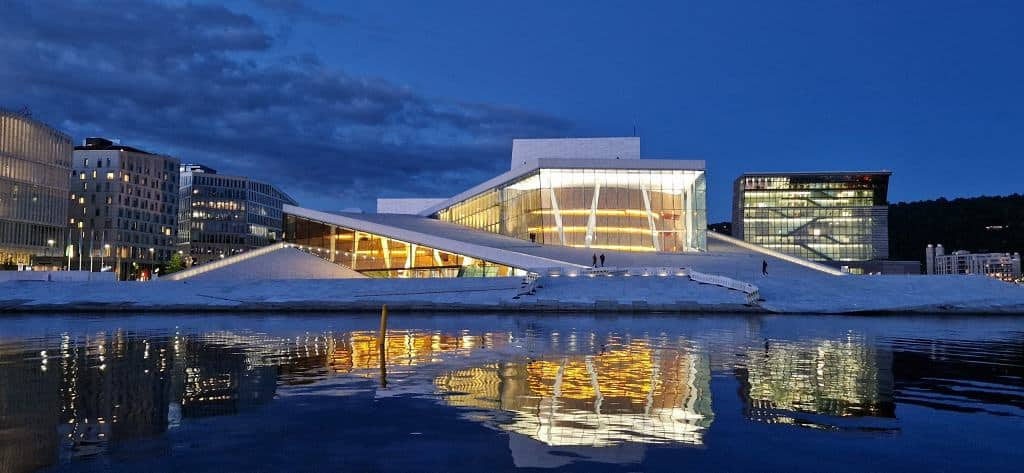
Completed in 2007 and opened in 2008, the Oslo Opera House is a marvel of modern architecture. This huge structure is purportedly the largest cultural building erected in Norway since Trondheim’s Nidaros Cathedral was completed in 1300.
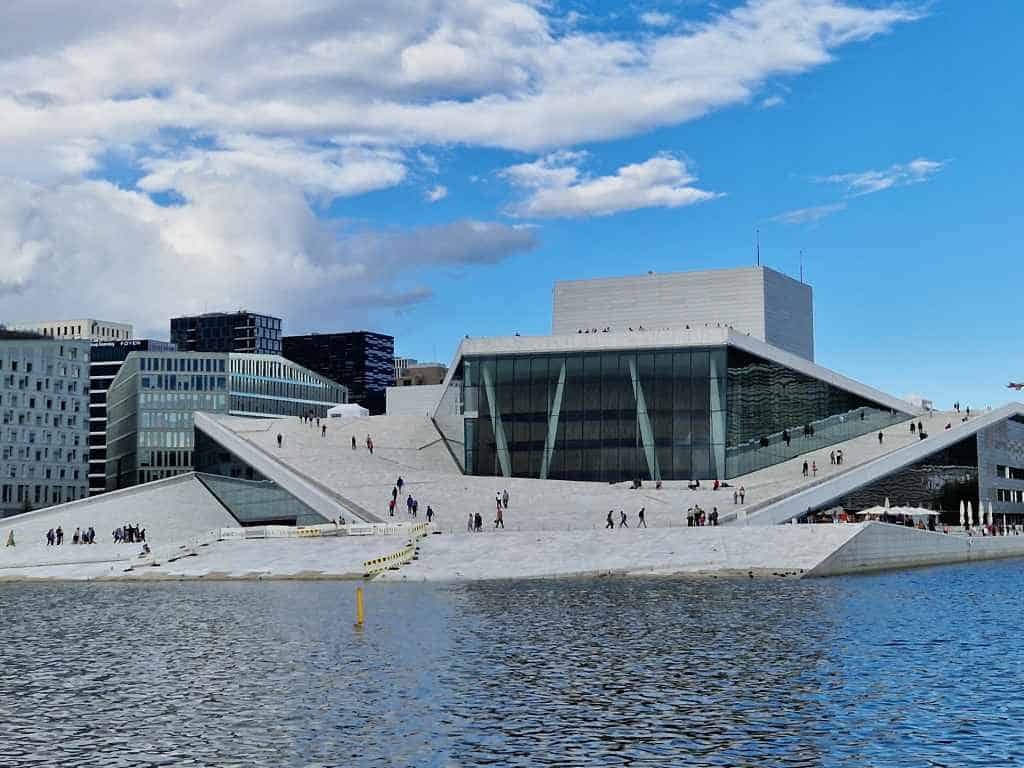
Constructed of Carrara marble and white granite, the blocky, interlocking shapes of the modern opera house make it appear like an iceberg rising from the sea. Impressive as it is from the outside, music lovers should check out the website for the schedule of performances to best experience Oslo Opera House.
Vigeland Park
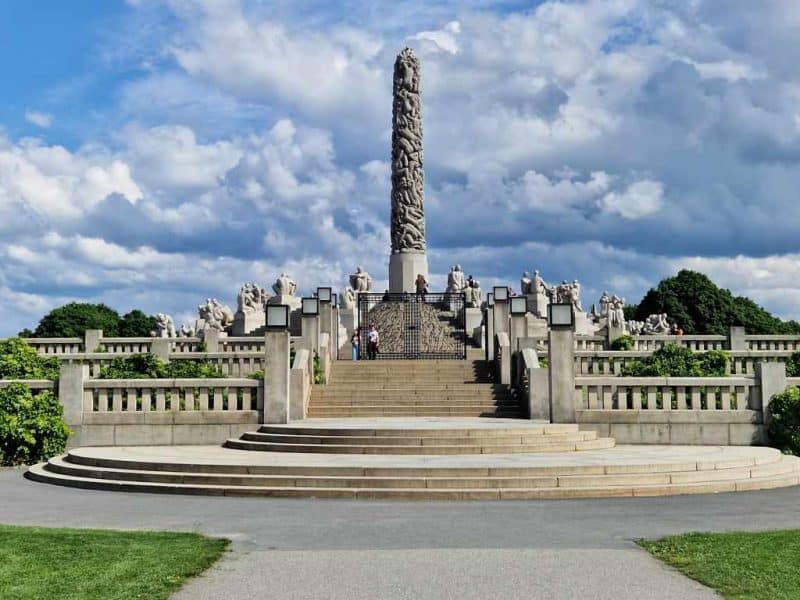
Set within Frognerparken, the largest public park in Oslo, Vigeland Park was created by prominent Norwegian sculptor Gustav Vigeland between 1924 and 1943. This section of the urban green space spans 80 acres and plays host to over 200 pieces of art, from bronze and iron statues to granite structures, as well as bridges and fountains.
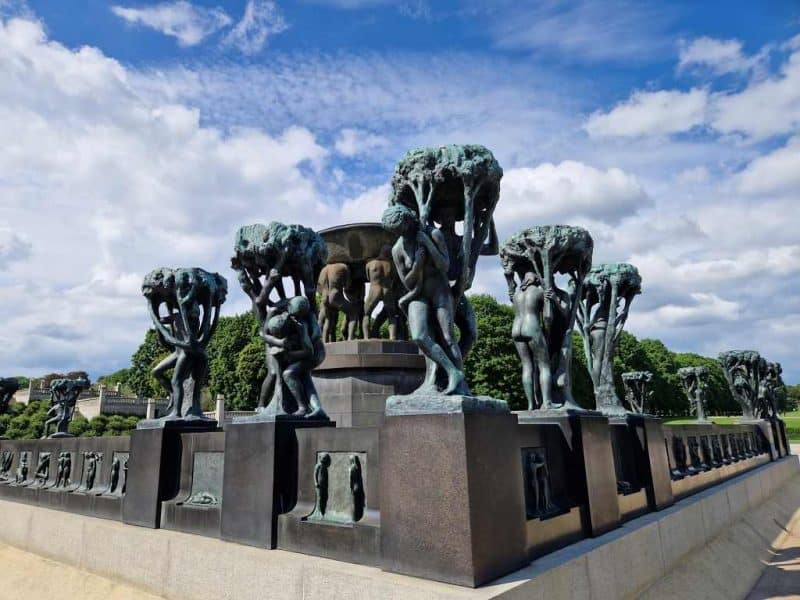
Some more notable sculptures include The Monolith, The Angry Boy, and The Wheel of Life. A pleasant place to take a stroll, especially in late spring and summer when nature is blossoming, the park is free to enter and is open 24 hours a day.
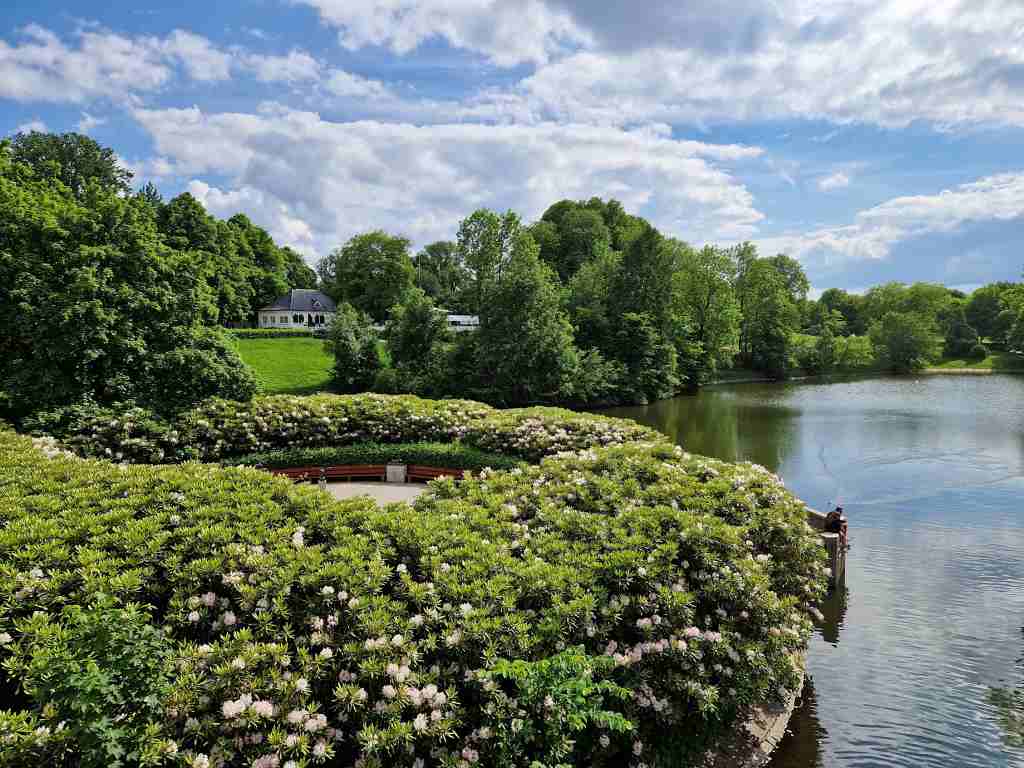
Akershus Fortress
History fans with one day in Oslo should not miss out on a trip to Akershus Fortress. Dating back to 1299, the fortress was originally constructed as a residence for Oslo’s royals and to help protect against potential invading forces.
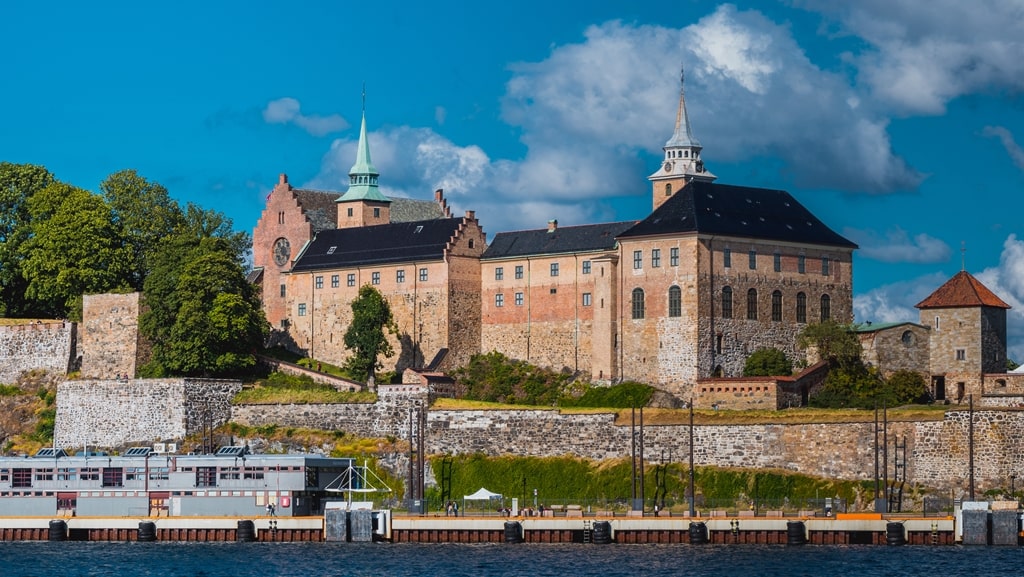
The structure was so well built that it’s never been successfully besieged by an outside force. Throughout its existence, the fortress has been used for various things – a military base, a prison – but is now home to military museums and the temporary office of the prime minister of Norway.
Visiting the castle today means strolling through banquet halls, peering into opulent reception rooms, and reflecting on the centuries-old church.
Aker Brygge
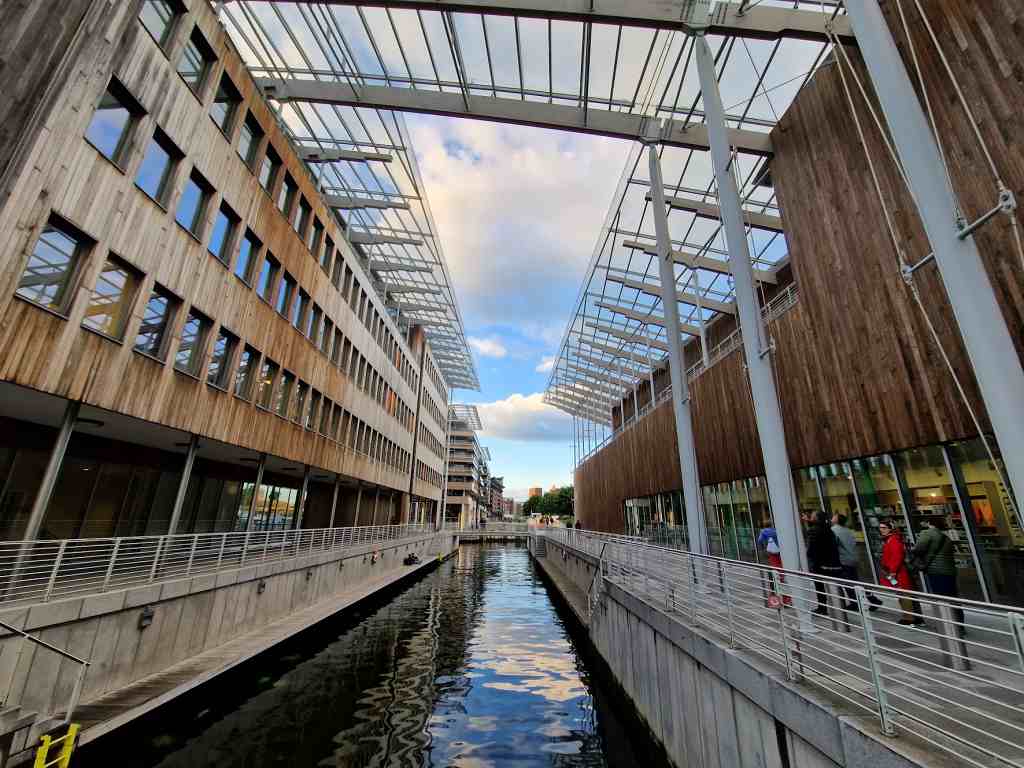
Hungry? Then don’t skip Aker Brygge. This central harbourside promenade area is awash with eateries from fine dining to more traditional restaurants and can be found between Sørenga and Bygdøy.
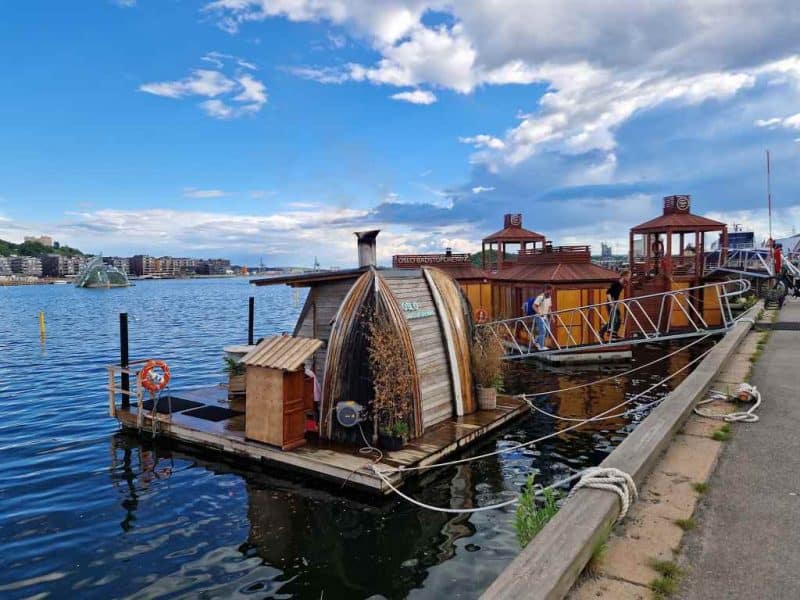
Even if you’re not here to eat, when the sun’s out, Aker Brygge is a pleasant place to take a stroll along the waterside, soaking up the sights and sounds of the district and watching the boats bob in the harbor.
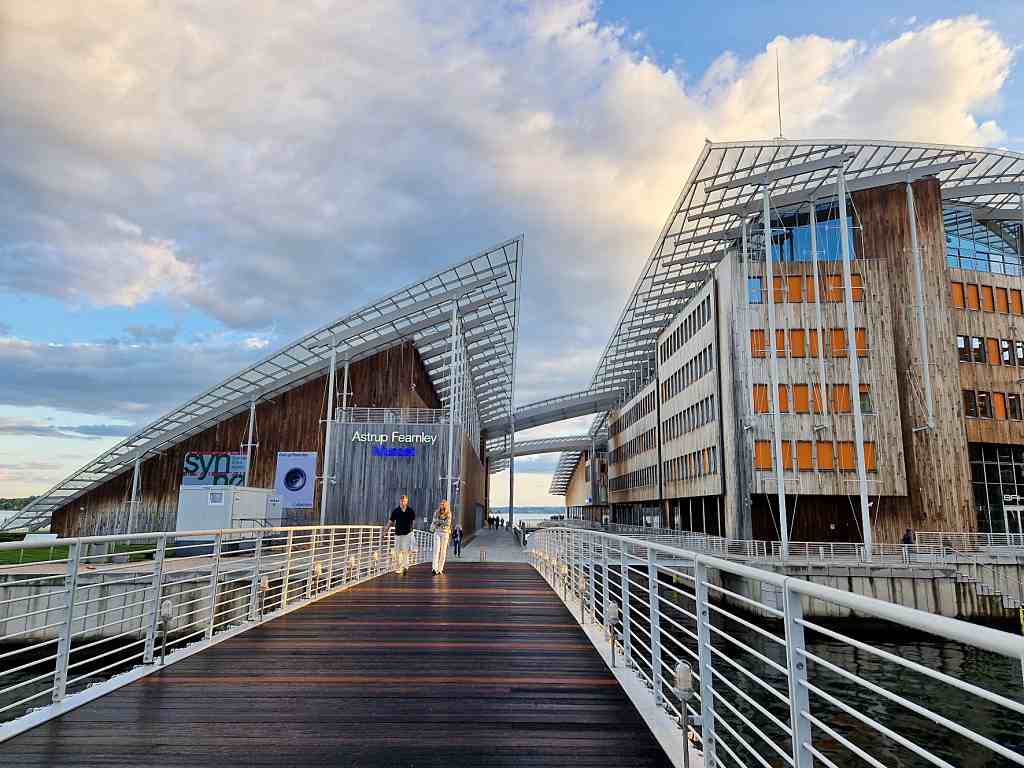
Once upon a time, this part of Oslo was largely industrial but underwent development in the 1980s to become a more high-end neighborhood. Sights in the vicinity include the Nobel Peace Centre, among others.
Check out a Museum
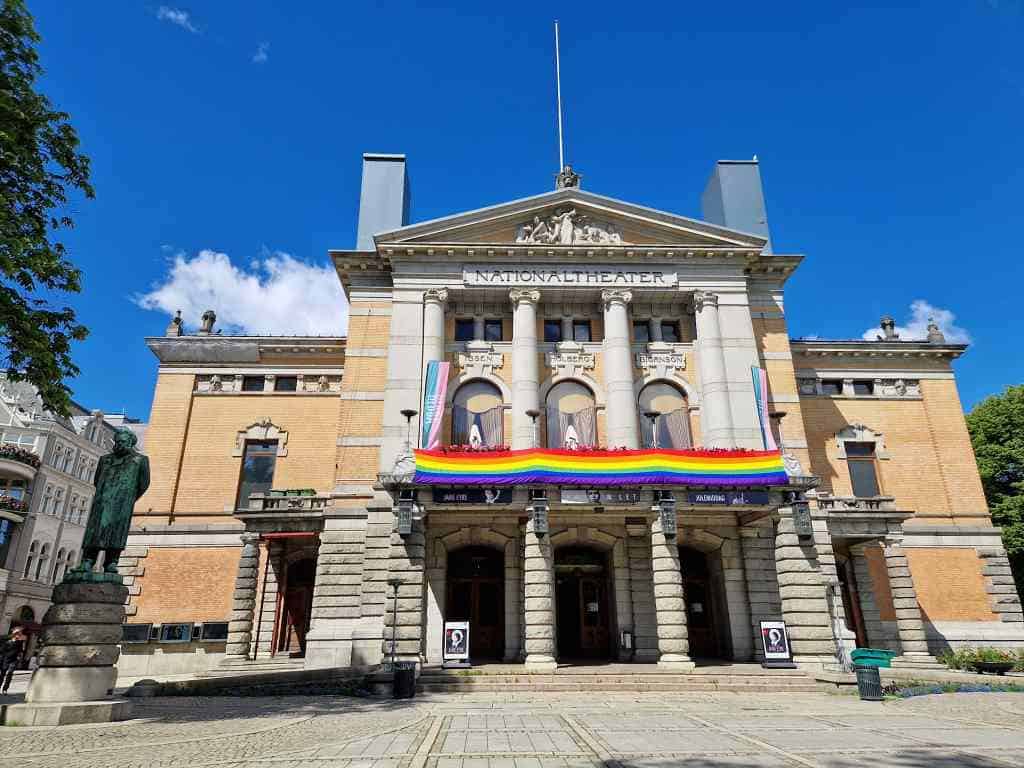
Oslo has no shortage of museums to spend some time in. But if you’ve only got one day in Oslo to soak up some culture, you’ll want to narrow it down. There is a lot to choose from – for starters, the Munch Museum.
Dedicated to artist Edvard Munch, the museum opened in 1963 and displays over 28,000 pieces of art in its collection. More art can be found at the Astrup Fearnley Museum of Modern Art. Opening its doors in 1993, it’s a strikingly modern structure, beautifully located overlooking Oslo fjord.
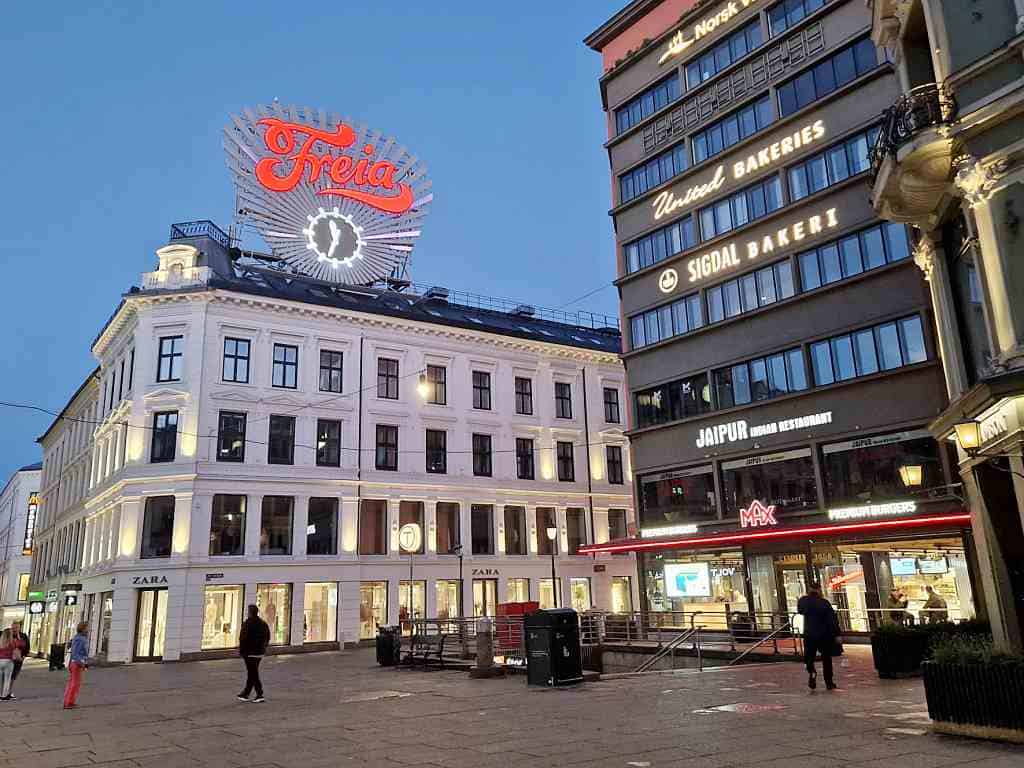
But if you want to learn more about Norway’s seafaring heritage, there are a number of museums to check out. These include the Kon-Tiki Museum, which houses vessels and maps from the Kon-Tiki Expedition undertaken in 1947 when adventurer Thor Heyerdahl sailed a pre-Colombian style boat from Peru to Polynesia.
At the same site, you’ll find the Fram Museum, which illustrates the Norwegian Polar Exploration, the Norwegian Museum of Cultural History, and the showstopping Viking Ship Museum, displaying three original Viking-era ships and a multitude of artifacts.
Tip: A great way to see Oslo in a day is to book a discovery city tour that includes a visit to Holmenkollen Ski Jump, Vigeland Sculpture Park, The Norwegian Folk Museum, and the Fram Museum. Click here for more information and to book this tour,
More than one day in Oslo?
Holmenkollen Ski Museum & Tower
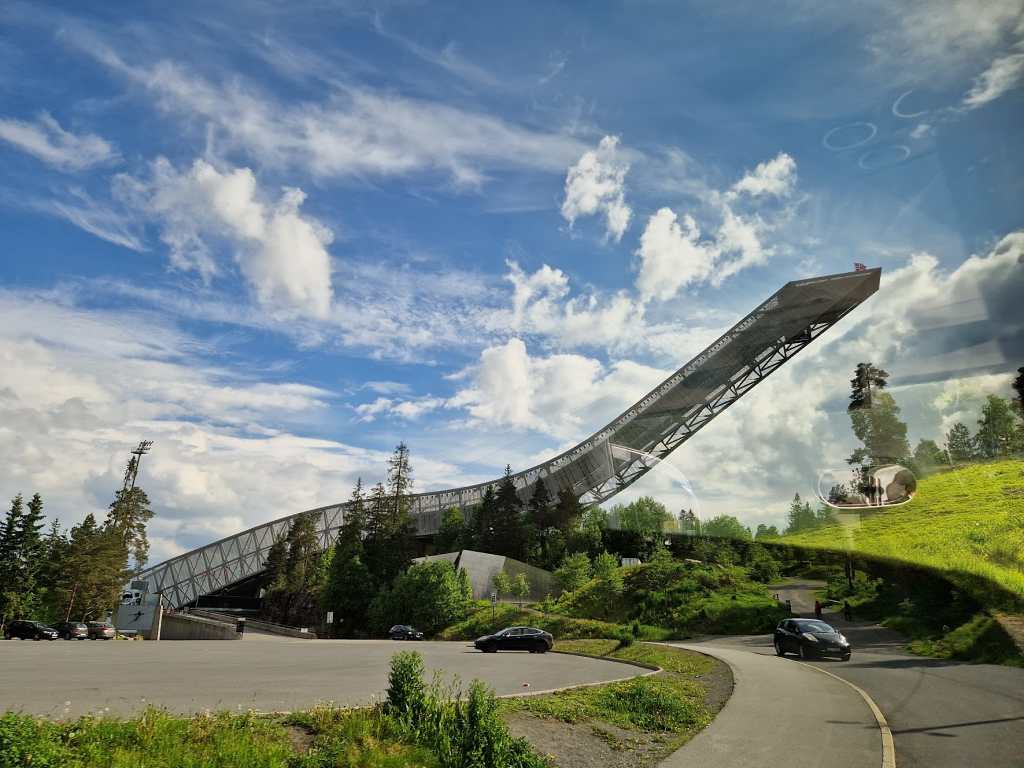
If you’ve got more than one day in Oslo to spare, then you can make your way over to Holmenkollen Ski Museum & Tower. Founded in 1923, this is the world’s oldest ski museum and pays homage to humanity’s 4,000 years of skiing history.
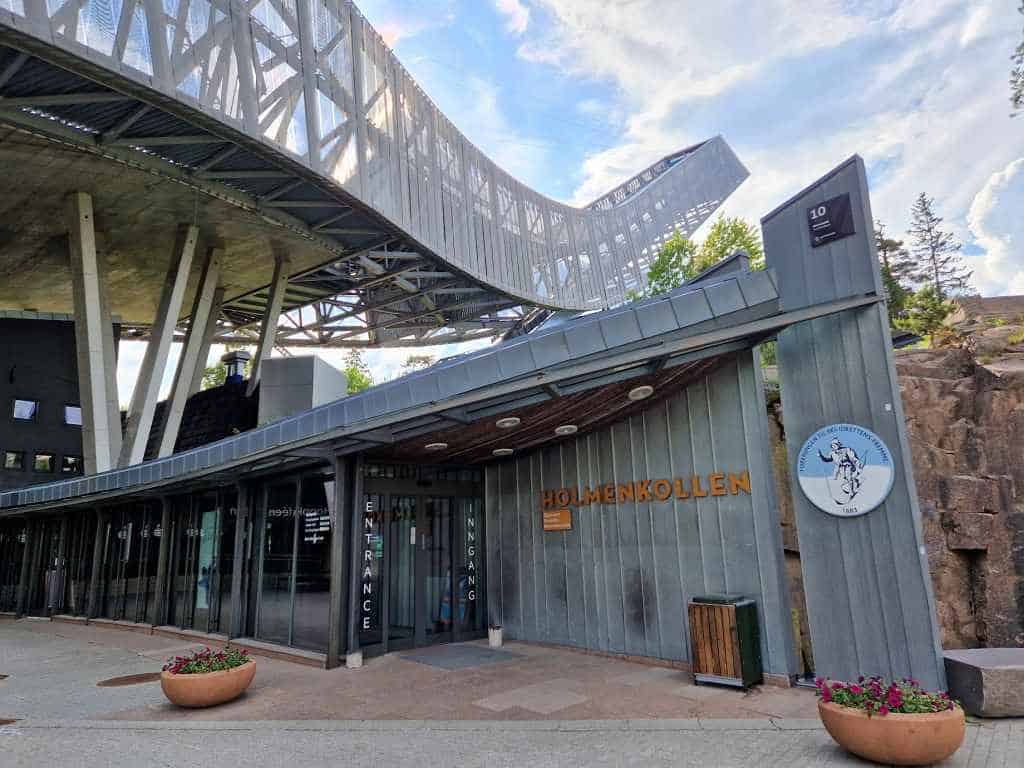
On display, you’ll see some 2,500 pairs of skis that have belonged to everybody from prominent royal families to champion sportspeople. Overlooking the museum is the dramatic ski jump tower – a must for soaking up some incredible views over the city and its fjord.
Fjords cruise
One of the most iconic things to do in Norway, and the reason many people visit the country, is to embark on a cruise of the fjords. Luckily for those visiting Oslo, the Norwegian capital is set on its very own fjords, making this bucket-list activity a possibility even for those on a weekend city break.
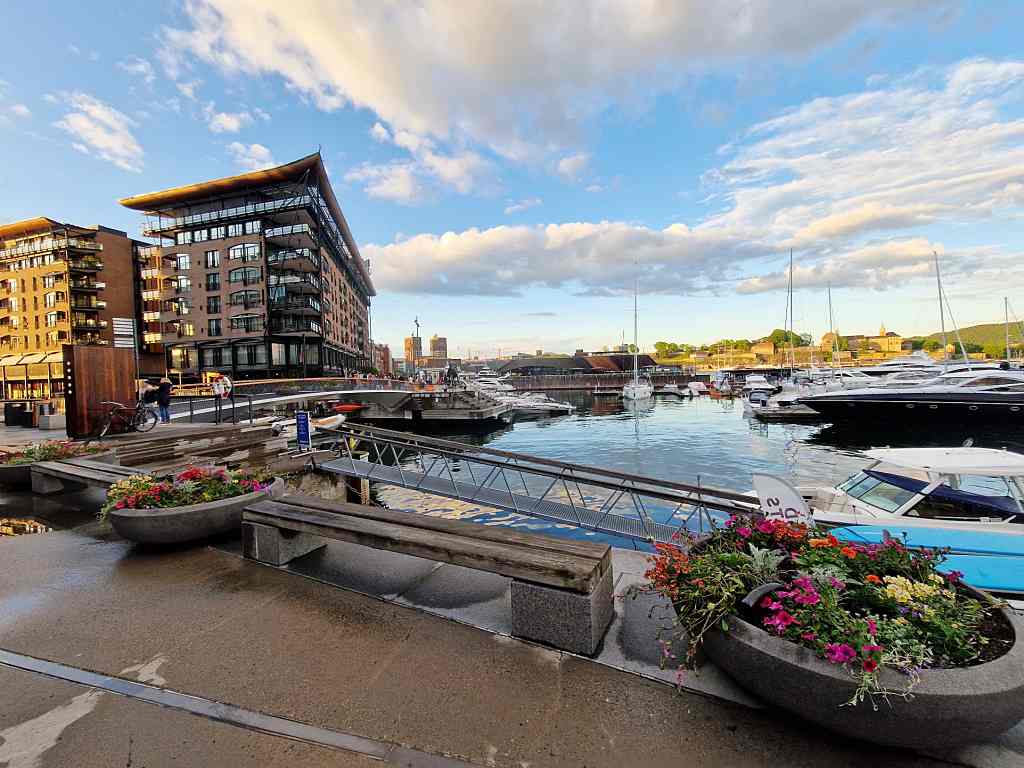
Tours of the fjords such as this one begin with setting sail on Oslo’s waterways, cruising alongside colorful houses, across deep bays, and through a maze of islands. There’s also the chance to spot some native wildlife on the trip, such as white-tailed sea eagles, among others.
Overall, a fjords cruise is a relaxing thing to do, but while you’re on the boat, it’s also easy to imagine why the Vikings were such a successful seafaring civilization.
Click here for more information and to book a 2-hour fjords cruise.
Practical Information for your one day in Oslo
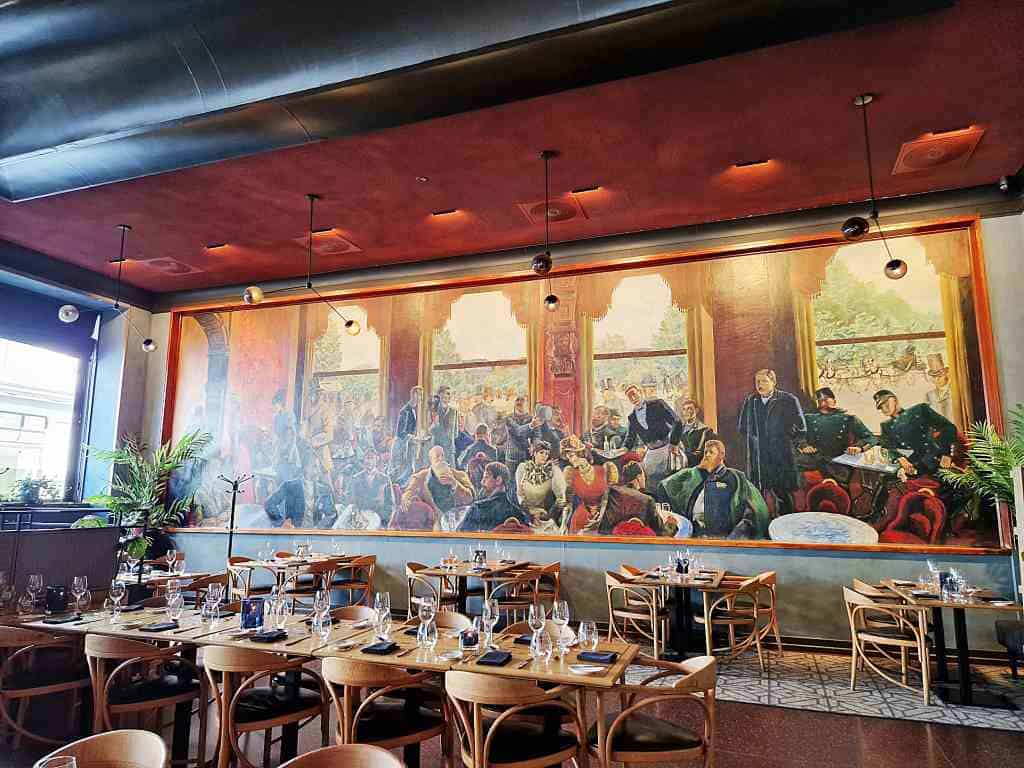
When is the Best Time to Visit Oslo?
Answer: it depends. Generally, while summer has the perks of pleasant temperatures, nature bursting into life, and long days, winter has a cozy charm – especially if you visit during the Christmas period.
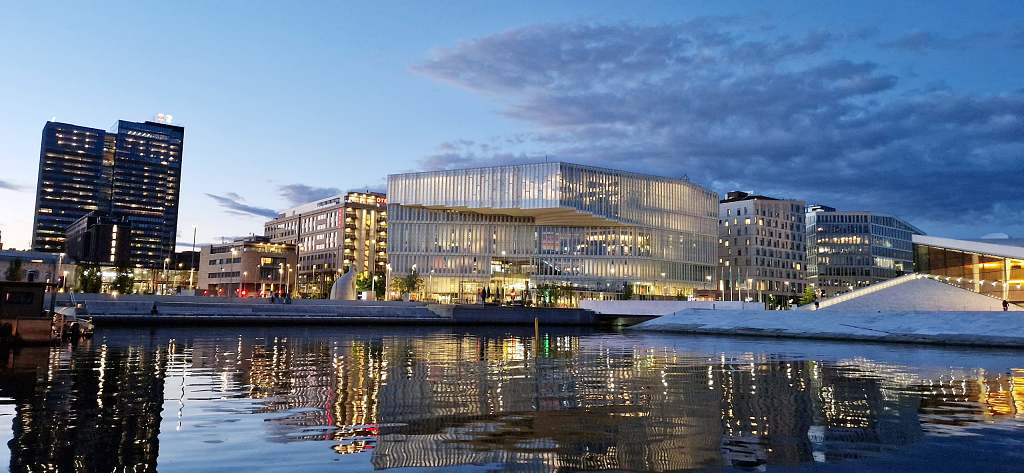
Average summer temperatures in Oslo, from June through August, hover around 16-17°C, with average highs of 22°C. Between May and July are the most popular times to visit, however, so you may find that the city is busier than you’d like it to be if you prefer your city breaks crowd-free.
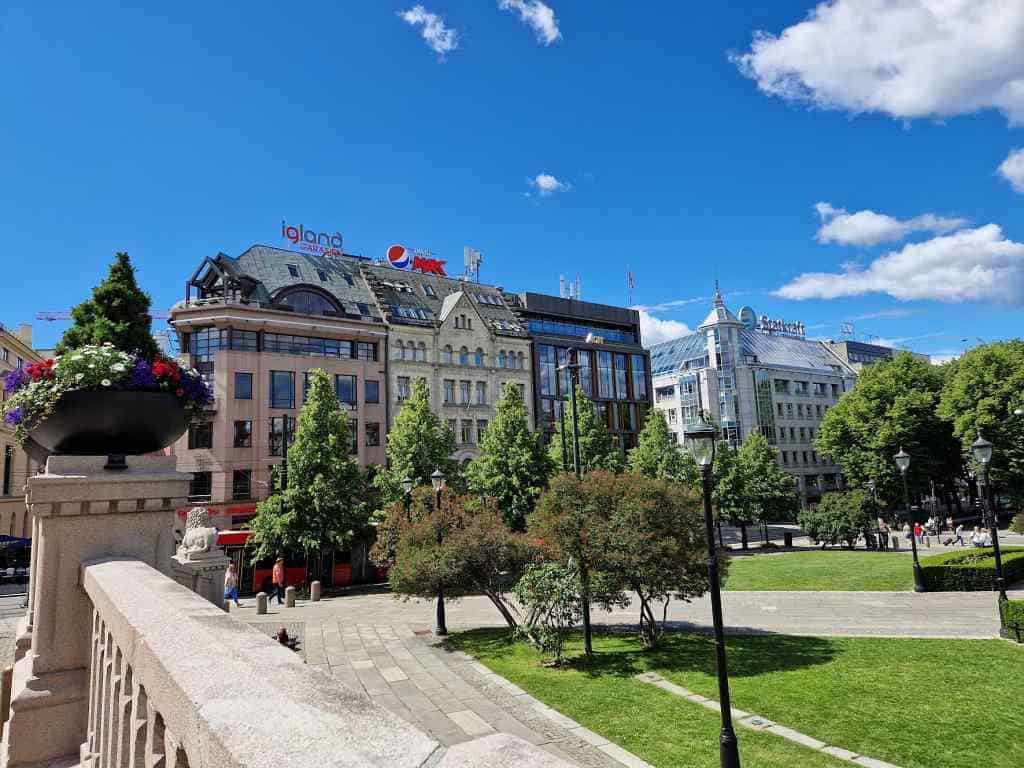
On the other hand, winters in Oslo get very cold – the daily mean temperature in January, for example, is -2.9°C.
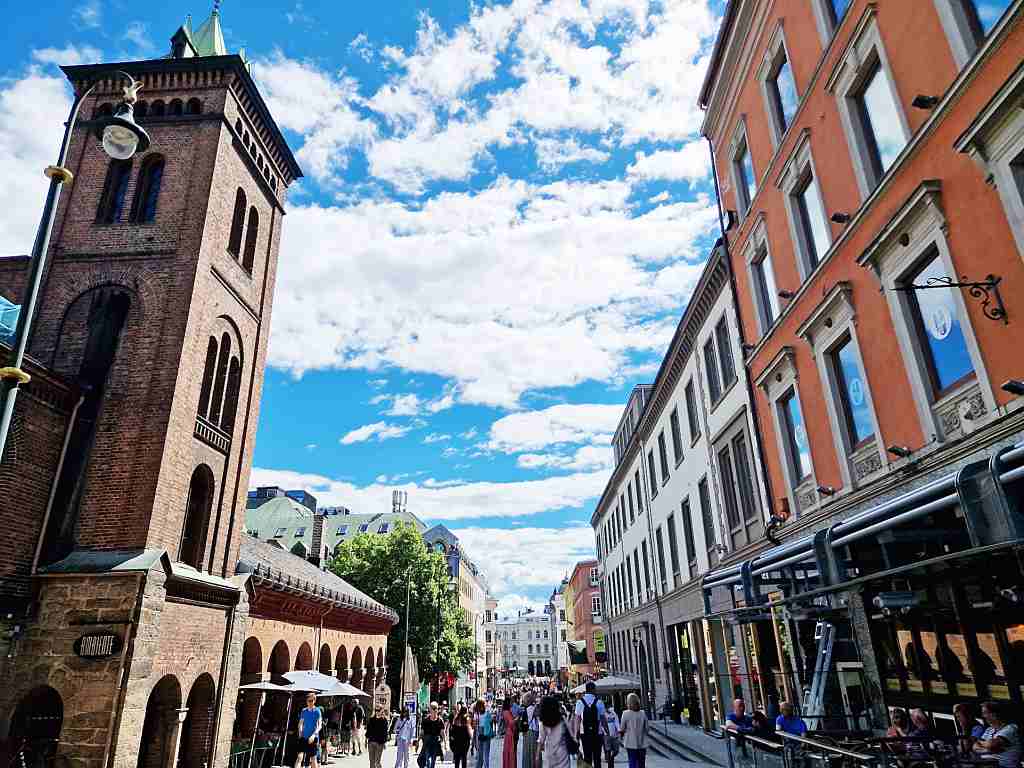
What is the Oslo Card?
With just one day to spare in Oslo, you’ll want to fit as much of the city’s sights and attractions into your itinerary. The trouble is that this can get expensive. One solution for a culture-packed day in Oslo is to grab yourself an Oslo Card.
With this, not only do you get free entry to a multitude of museums and other attractions, but it also gets you unlimited use of the city’s hop-on hop-off buses as well as other transport. For more information about the Oslo Card, check out its website.
Did you like this post? Pin it for later!
